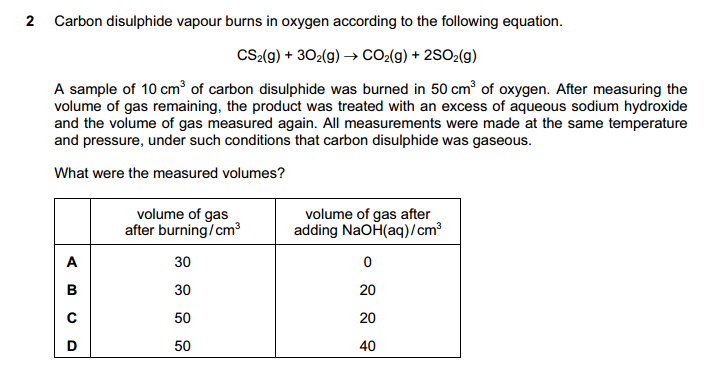- Messages
- 603
- Reaction score
- 1,102
- Points
- 153
aldehyde is formed under the condition of * distill over * not under heat under reflux. Just read the question carefully ...they have said that the acid formed is separated by distillation.
Did you get it or not ???
For discussion's sake, when the question says the product is collected by distillation. What do you think the distillate is?
